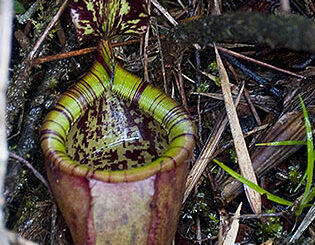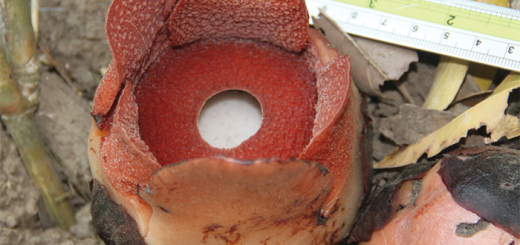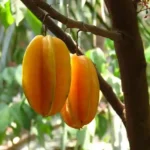Balete Tree – Nature, Myth and Magic in the Philippines

Deep within the forests of Southeast Asia, particularly in the Philippines, looms a tree that has captured the imaginations of generations — the Balete tree. Known for its dramatic, twisted roots and haunting silhouette, the Balete is more than just a botanical marvel. It’s a living symbol of folklore, mystery, and deep-rooted cultural beliefs.
What Is a Balete Tree?
Scientifically part of the Ficus genus — the same family as the common fig tree — the Balete (also spelled Baliti or Balite) is a type of strangler fig. It starts its life not from the ground but from the canopy, where its seed is dropped by birds onto the branches of another tree. From there, it sends roots downward, wrapping around its host like a slow-moving python. Eventually, the Balete can engulf and even kill the tree it grew on, standing alone with a hollow, often cavernous trunk.
In places like Luzon and Visayas, these massive trees can live for hundreds of years, becoming natural monuments in their own right.
The Spiritual Significance
In Philippine folklore, the Balete tree holds a special — and often eerie — place. It is commonly believed to be a dwelling place for supernatural beings such as kapre (a cigar-smoking giant), tikbalang (a half-horse, half-human creature), and engkantos (nature spirits). Because of this, people are taught from a young age to show respect when passing by a Balete, often saying “tabi-tabi po” — a phrase requesting permission or pardon from unseen spirits.
Many locals refuse to cut down Balete trees, even when they’re in the way of development. Tales abound of people who fell ill or suffered misfortunes after disturbing these trees without performing the proper rituals.
Famous Balete Trees in the Philippines
One of the most well-known is the Centuries-old Balete Tree in Siquijor, a province famous for its mystical reputation. This tree, estimated to be over 400 years old, has a natural spring running at its base, where visitors can dip their feet and enjoy a “fish spa” courtesy of small, nibbling freshwater fish.
In Lipa, Batangas, there’s another notable Balete that has become part of local lore — associated with ghost sightings and mysterious disappearances. The now-popular “Balete Drive” in Quezon City is even named after these trees, and is infamous for ghost stories, especially the tale of a white lady haunting motorists.
Balete Drive in Manila, Quezon City, named after a enormous balete tree that used to stand in the middle of the street, is allegedly one of the most haunted places in the city.

The 400-year-old balete tree of Barangay Campalanas, Lazi, Siquijor province, Philippines. – Creative Commons | Author: Lawrence Ruiz – Source: https://commons.wikimedia.org/wiki/File:Enchanted_Balete_Tree_in_Lazi.JPG
Balete in the Modern World
Today, the Balete tree is experiencing a kind of renaissance — not only as a cultural symbol but also as a botanical curiosity. Photographers, nature lovers, and spiritual seekers all find themselves drawn to its dramatic appearance and otherworldly presence.
However, it’s also a reminder of the importance of conservation. With the increasing pace of urbanization, these ancient trees — along with the myths they carry — are slowly disappearing. Preserving them means preserving a piece of our intangible cultural heritage.
Final Thoughts
Whether you see it as a creepy, spirit-filled landmark or simply as a fascinating tree species, the Balete tree occupies a unique intersection of nature and the supernatural. Its roots twist not only around other trees but through generations of Philippine culture, binding together the scientific and the spiritual, the earthly and the ethereal.
So the next time you pass by a massive, gnarled tree in the middle of nowhere, take a moment. Look up. Listen. And maybe — just maybe — whisper “tabi-tabi po,” just in case.
References:
Wikipedia










